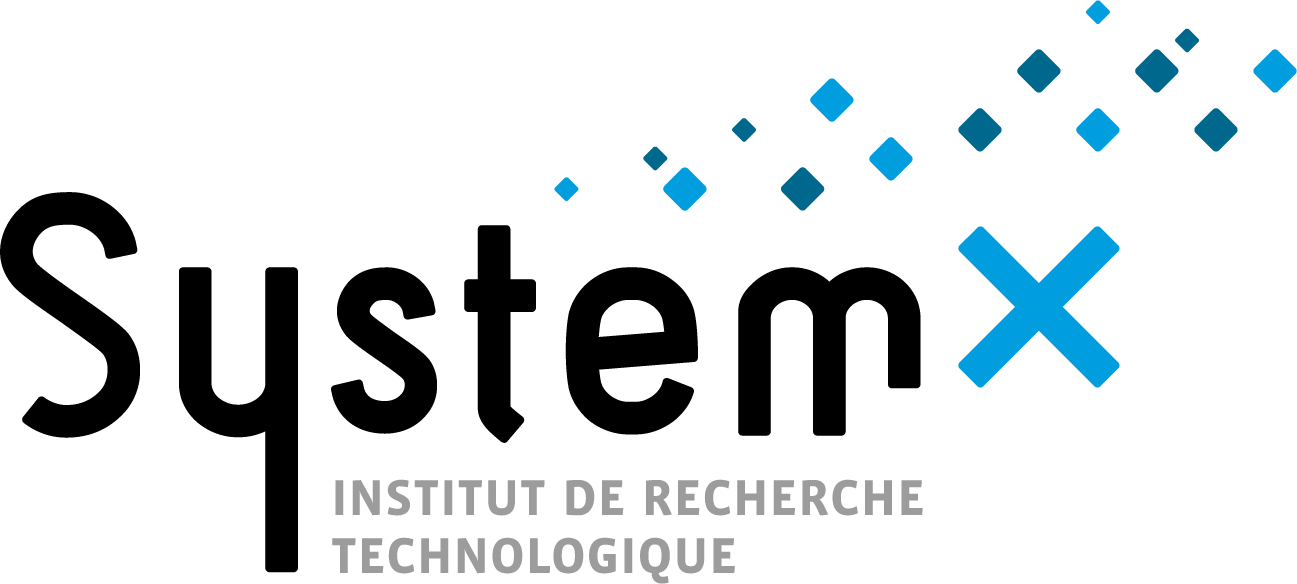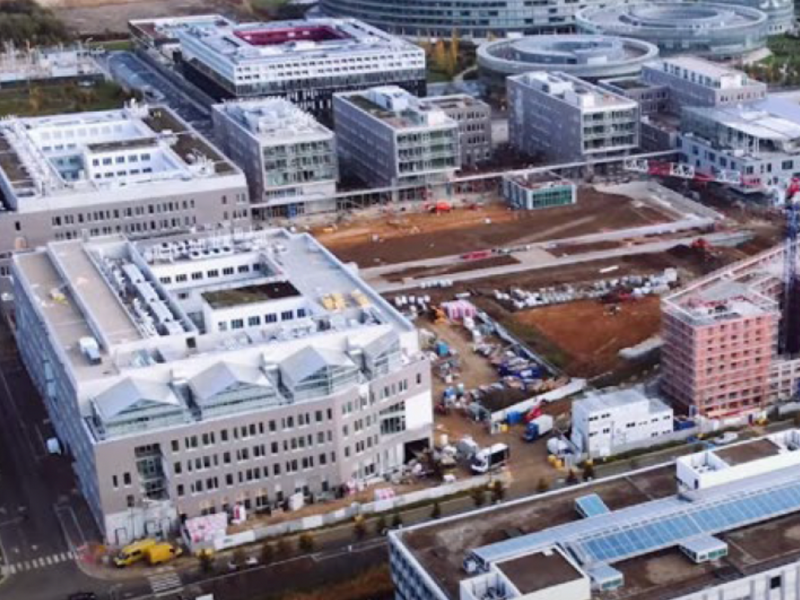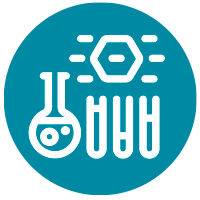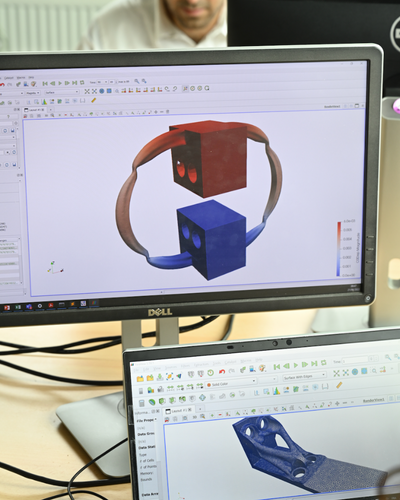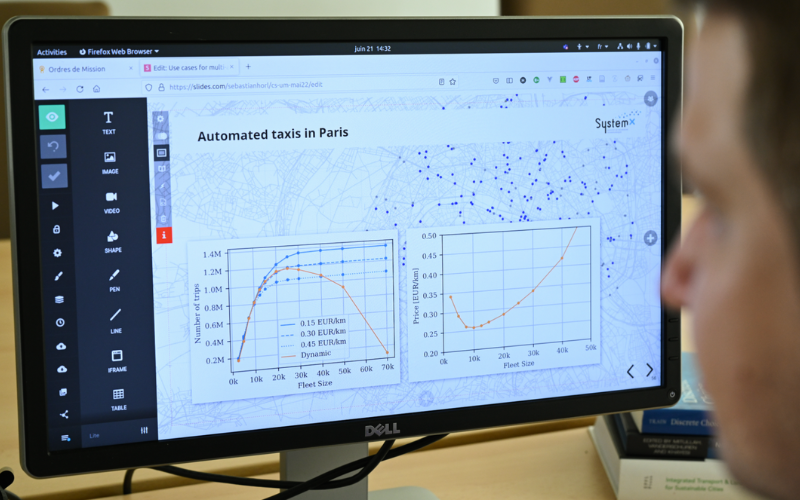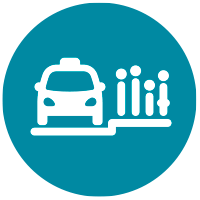Together with the Centre for Scientific Management (Mines Paris – PSL), the institute has conducted a new study that seeks to qualify the nature of the relationship between science and industry as organised and led by IRT SystemX within its ecosystem.
The results of this study have made it possible to define the IRT SystemX business model as a “simultaneous dual impact research model”. Its R&D projects generate impacts simultaneously for its industrial and academic partners. The work has shed light on original types of activity at the crossroads between science and industry, progressively developed by the institute and central to the dual impact process. For example, SystemX has developed the ability to identify common challenges faced by several partners or even to highlight new disciplinary corpus to be explored and structured.
IRT SystemX activities concern multidisciplinary fields and cross-sector topics. The institute has developed the unique ability to articulate these two dimensions for the benefit of the academic and industrial worlds.
Patrice Aknin, Scientific Director, IRT SystemX
Interview

Agathe Gilain
Research Pofessor, Centre for Scientific Management, Mines Paris – PSL
Why have you placed IRT SystemX at the heart of a study on dual impact?
When we started, IRT SystemX hypothesised that its R&D projects would enable interactions between scientific and industrial partners, generating scientific and industrial advances for modern topics of transformation. However, according to the literature, such “dual impact RTOs” are rare. Most of them are confronted with the double constraint that science and industry can have on each other.
Studying SystemX, its internal workings and its projects gave both our team at Mines Paris – PSL and the institute’s team the opportunity to model the way an RTO (Research and Technology Organisation) can have a dual impact across both industrial areas and academic disciplines using C-K theory.
What are the main strengths of the institute's research model?
IRT SystemX has developed measures to enables various forms of science-industry relations to have this dual impact. In addition to its exemplary knowledge of scientific disciplines and industrial situations, these measures help to clarify the unknown of each partner (technologies not yet imagined, markets not yet considered, technological and scientific knowledge, unavailable markets, etc.) to progressively build common unknowns to be explored, with the potential to even create new scientific disciplines.
These are rolled out into projects that are adapted to the nature and intensity of the unknowns to be managed.
In your opinion, how will this dual impact research model evolve in the coming years?
Faced with the many scientific and industrial unknowns of modern transitions, dual impact research is a major challenge that calls for the development and expansion of RTO models such as that of SystemX. This could be achieved by sharing management tools or with new solutions to increase the value of the knowledge that is generated by projects.
